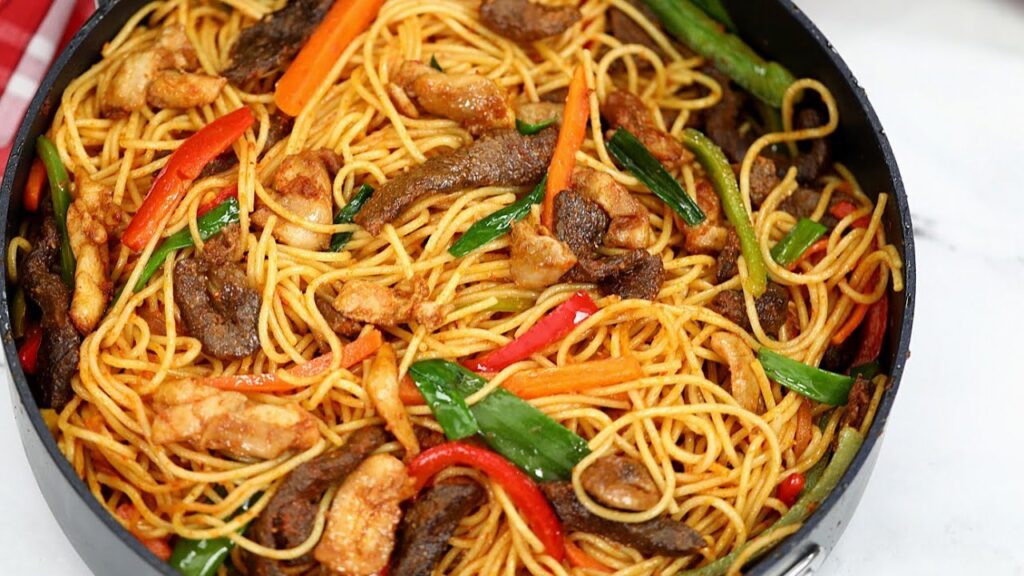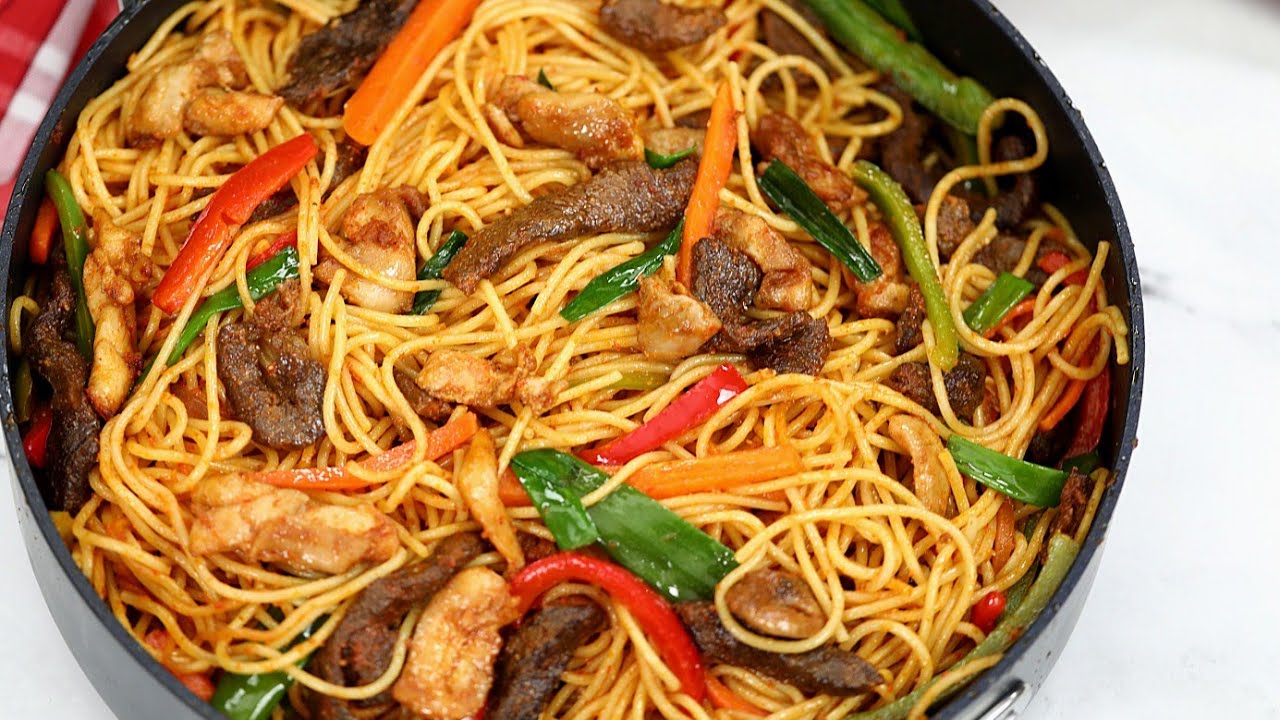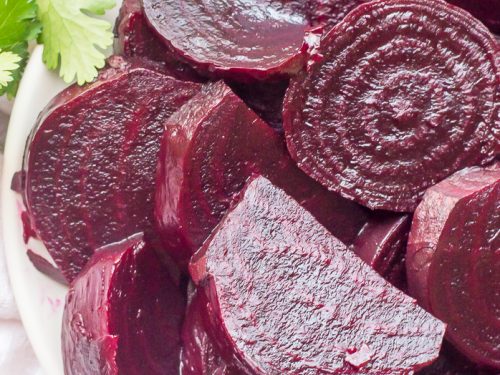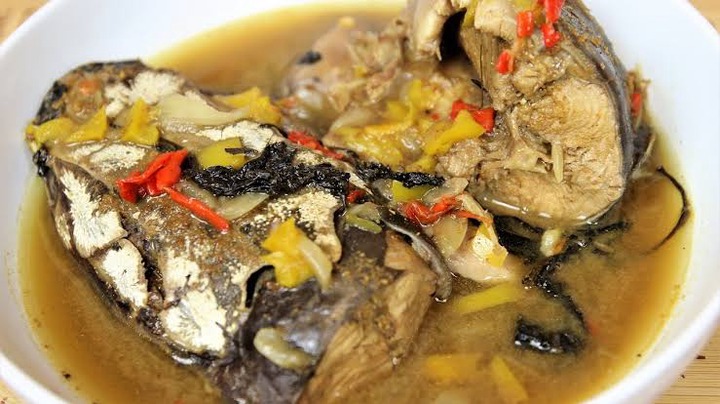Best Nigerian Jollof Spaghetti Recipe
Discover the irresistible fusion of Nigerian and Italian flavors with our authentic Nigerian Jollof Spaghetti recipe. Jollof Spaghetti takes the iconic Jollof Rice and transforms it into a delightful pasta dish that will captivate your taste buds. With its vibrant colors and aromatic spices, Jollof Spaghetti is a beloved Nigerian dish that brings joy to family gatherings and special occasions. In this article, we’ll guide you through the step-by-step process of creating a mouthwatering Nigerian Jollof Spaghetti that will transport you to the heart of West African cuisine.
The Essence of Nigerian Jollof Spaghetti
Before we dive into the recipe, let’s explore what makes Nigerian Jollof Spaghetti special. Inspired by the famous Jollof Rice, this dish features spaghetti noodles cooked in a rich tomato-based sauce infused with a medley of spices. Nigerian Jollof Spaghetti offers a flavorful twist to traditional pasta, allowing you to experience the vibrant and robust flavors of Nigerian cuisine.
Gathering the Ingredients
To create an authentic Nigerian Jollof Spaghetti, you’ll need the following ingredients:
- 250 grams of spaghetti noodles
- 1 onion, finely chopped
- 2 cloves of garlic, minced
- 1 red bell pepper, finely chopped
- 1 green bell pepper, finely chopped
- 1 can of diced tomatoes (14 oz)
- 2 tablespoons of tomato paste
- 2 tablespoons of vegetable oil
- 1 teaspoon of curry powder
- 1 teaspoon of thyme
- 1 teaspoon of paprika
- 1 teaspoon of dried thyme leaves
- 1 teaspoon of dried basil leaves
- 1 teaspoon of chicken or vegetable bouillon powder
- Salt and pepper to taste
- Fresh parsley for garnish (optional)
Step-by-Step Nigerian Jollof Spaghetti Recipe
Now, let’s explore the step-by-step process of making a flavorful Nigerian Jollof Spaghetti:
- Cook the spaghetti noodles according to the package instructions until al dente. Drain and set aside.
- In a large skillet or saucepan, heat the vegetable oil over medium heat. Add the chopped onion and minced garlic, and sauté until they become translucent and fragrant.
- Add the chopped red and green bell peppers to the skillet and sauté for a few minutes until they start to soften.
- Stir in the tomato paste and cook for about a minute to enhance its flavor.
- Add the diced tomatoes (including the juice) to the skillet, along with the curry powder, thyme, paprika, dried thyme leaves, dried basil leaves, bouillon powder, salt, and pepper. Mix well to combine.
- Simmer the sauce for about 10 minutes, stirring occasionally, to allow the flavors to meld together.
- Add the cooked spaghetti noodles to the skillet and toss them in the sauce until well coated. Continue cooking for a few minutes to allow the noodles to absorb the flavors of the sauce.
- Taste and adjust the seasoning if needed.
- Remove from heat and garnish with fresh parsley, if desired, for a burst of freshness.
Serving Suggestions
Your delicious Nigerian Jollof Spaghetti is now ready to be enjoyed! Here are a few serving suggestions:
- Serve the Jollof Spaghetti as a main course accompanied by a side of grilled chicken or fish for a complete and satisfying meal.
- Pair it with a fresh green salad or steamed vegetables to add a nutritious touch to the dish.
- Sprinkle some grated Parmesan cheese or chili flakes on top for an extra kick of flavor.
Also Read: Best Nigerian Party Jollof Rice Recipe

Conclusion:
Congratulations! You’ve successfully prepared an authentic Nigerian Jollof Spaghetti that captures the essence of West African cuisine. Enjoy the tantalizing blend of aromatic spices, vibrant colors, and hearty pasta in this delightful dish. Share the joy of Nigerian Jollof Spaghetti with family and friends, and celebrate the rich culinary heritage of Nigeria. With our easy-to-follow recipe, you can bring the flavors of West Africa to your dining table and create lasting memories. Embrace the fusion of Nigerian and Italian influences as you savor each forkful of this mouthwatering Jollof Spaghetti!
FAQ
What is Jollof Spaghetti?
Jollof Spaghetti is a Nigerian dish that takes inspiration from the popular Jollof Rice. It is made by cooking spaghetti noodles in a flavorful tomato-based sauce infused with a blend of spices. Jollof Spaghetti offers a delicious twist on traditional pasta, combining the vibrant flavors of Nigerian cuisine with the comfort of pasta.
Can I use any type of spaghetti noodles for Jollof Spaghetti?
Yes, you can use any type of spaghetti noodles for Jollof Spaghetti. The most common choice is regular wheat-based spaghetti noodles, but you can also use whole wheat or gluten-free spaghetti depending on your dietary preferences or needs.
Can I customize the spice level of Jollof Spaghetti?
Absolutely! The spice level of Jollof Spaghetti can be adjusted to suit your taste. If you prefer a milder flavor, reduce the amount of spices or omit the hot peppers. For a spicier kick, increase the quantity of spices or add additional hot peppers. Feel free to experiment and find the perfect balance of flavors that suits your preference.
Can I add meat or vegetables to Jollof Spaghetti?
Yes, you can add meat or vegetables to Jollof Spaghetti to enhance the flavors and make it a more substantial meal. Common additions include cooked chicken, beef, or shrimp. Vegetables such as carrots, peas, or green beans can also be added to provide additional texture and nutritional value. Customize the recipe based on your preferences and dietary needs.
Can I make Jollof Spaghetti in advance?
Yes, you can make Jollof Spaghetti in advance. Prepare the dish as instructed and allow it to cool. Store it in an airtight container in the refrigerator for up to 2-3 days. When ready to serve, reheat gently on the stovetop or in the microwave, adding a splash of water or broth if needed to prevent it from drying out.
Can I freeze leftover Jollof Spaghetti?
Yes, you can freeze leftover Jollof Spaghetti for future use. Allow the dish to cool completely, transfer it to freezer-safe containers or bags, and store in the freezer for up to 2-3 months. Thaw the spaghetti in the refrigerator overnight and reheat it in a pan or microwave, adding a little water or broth as necessary to restore moisture.






